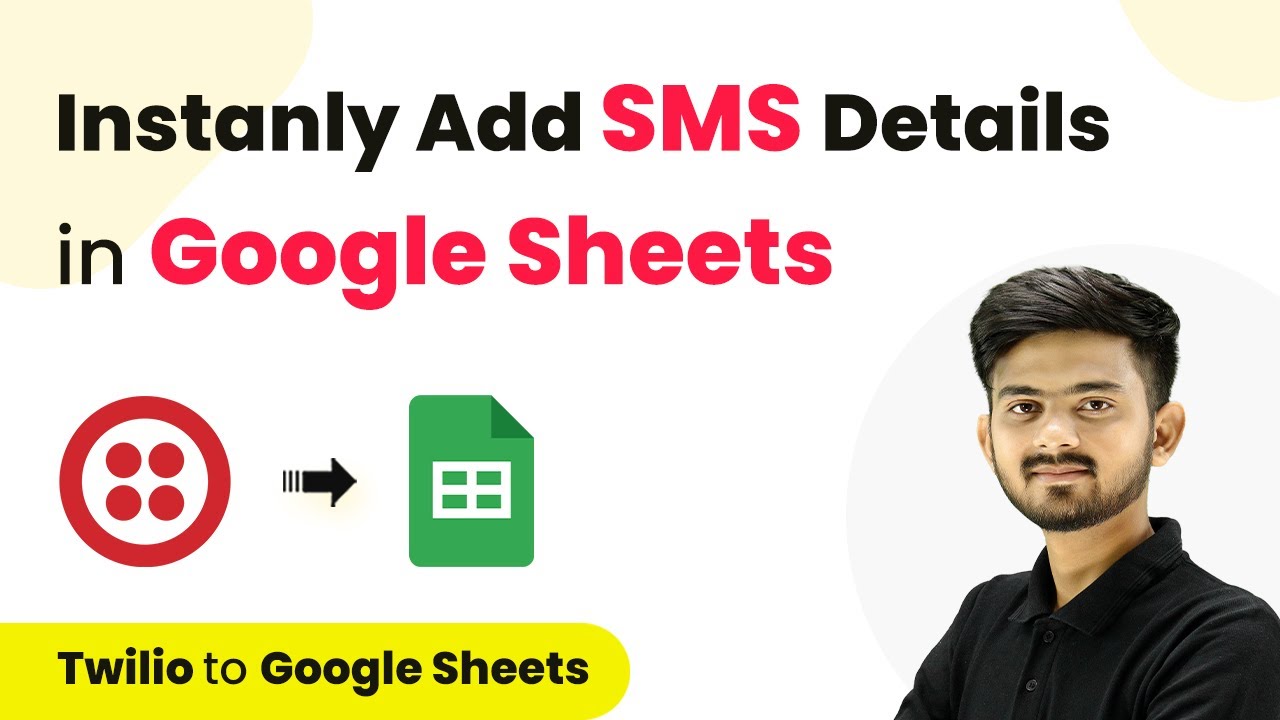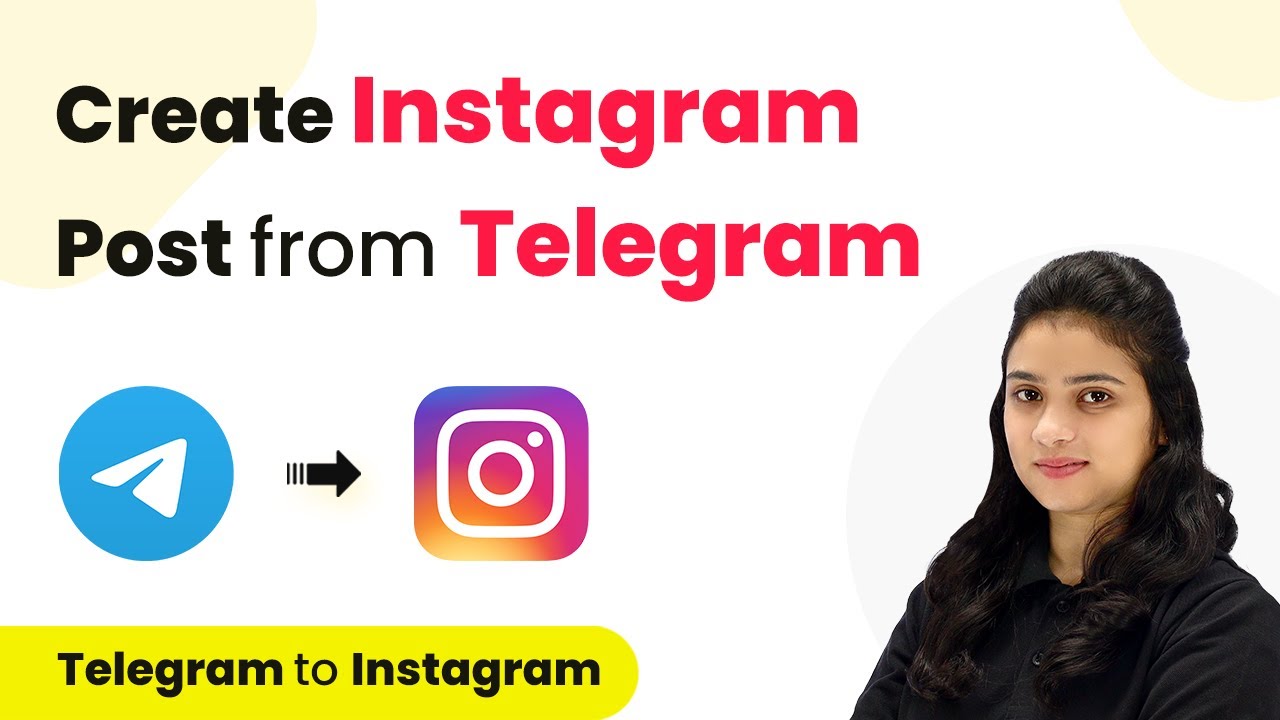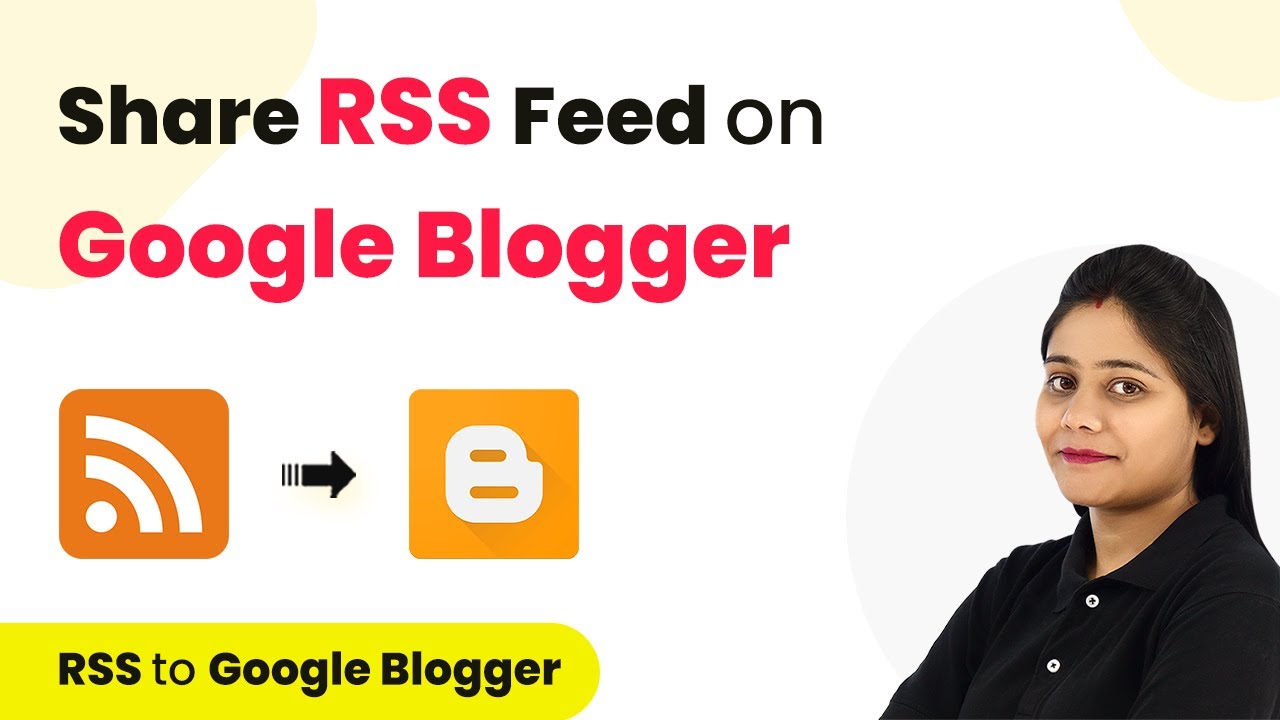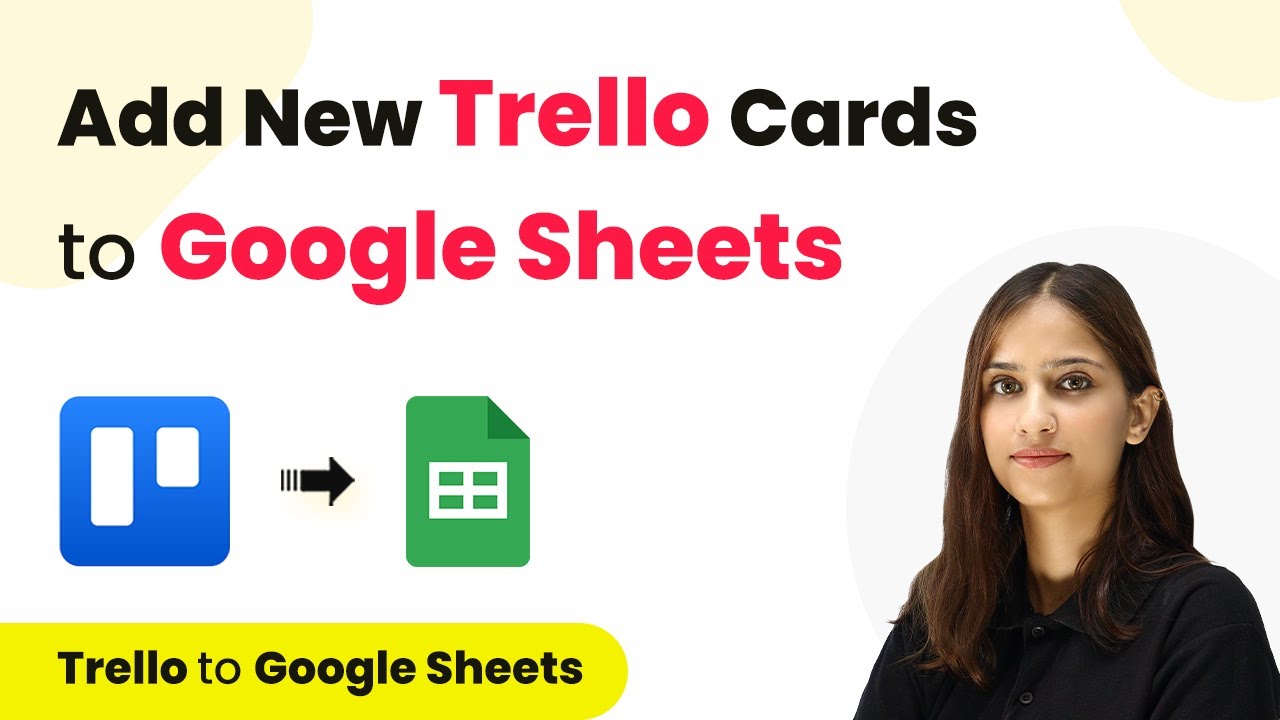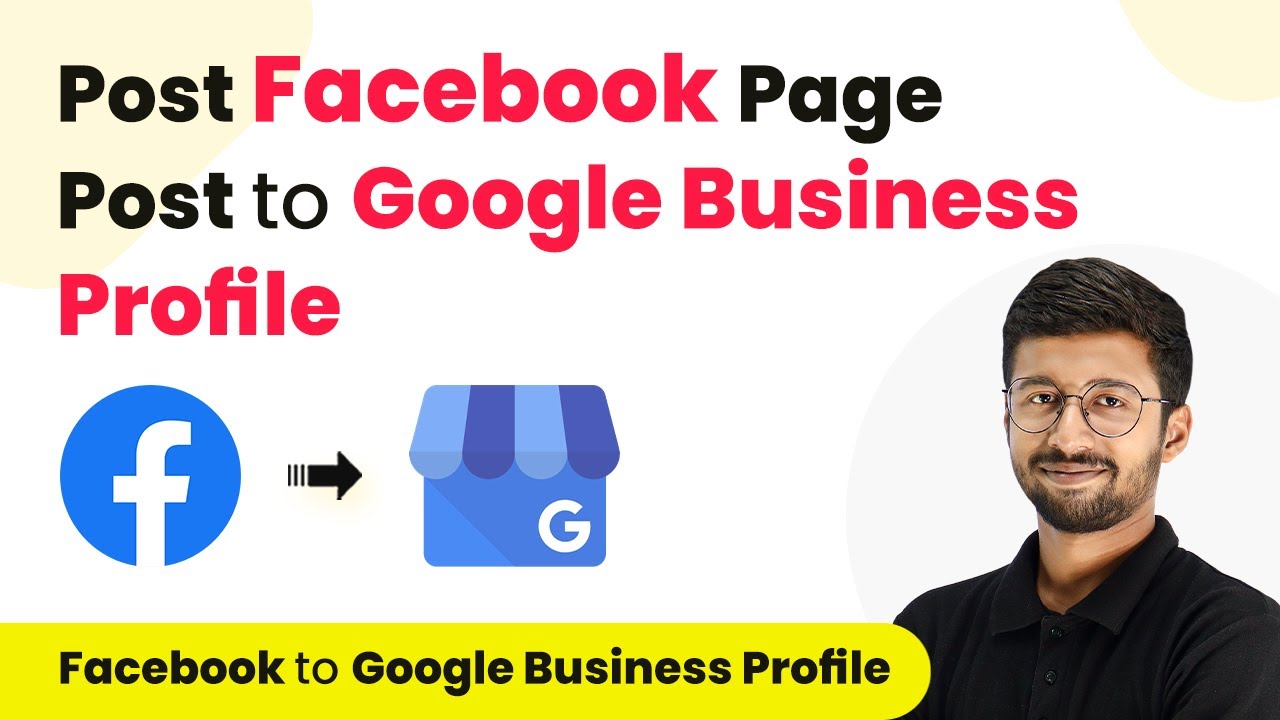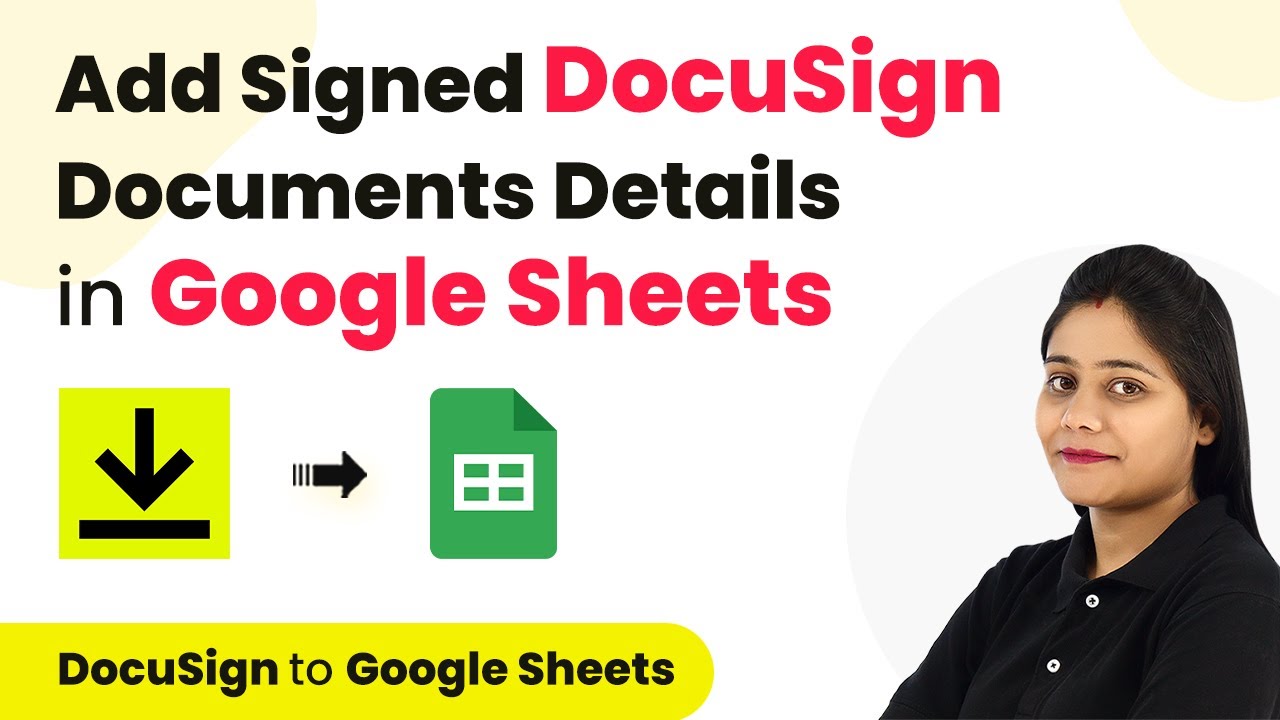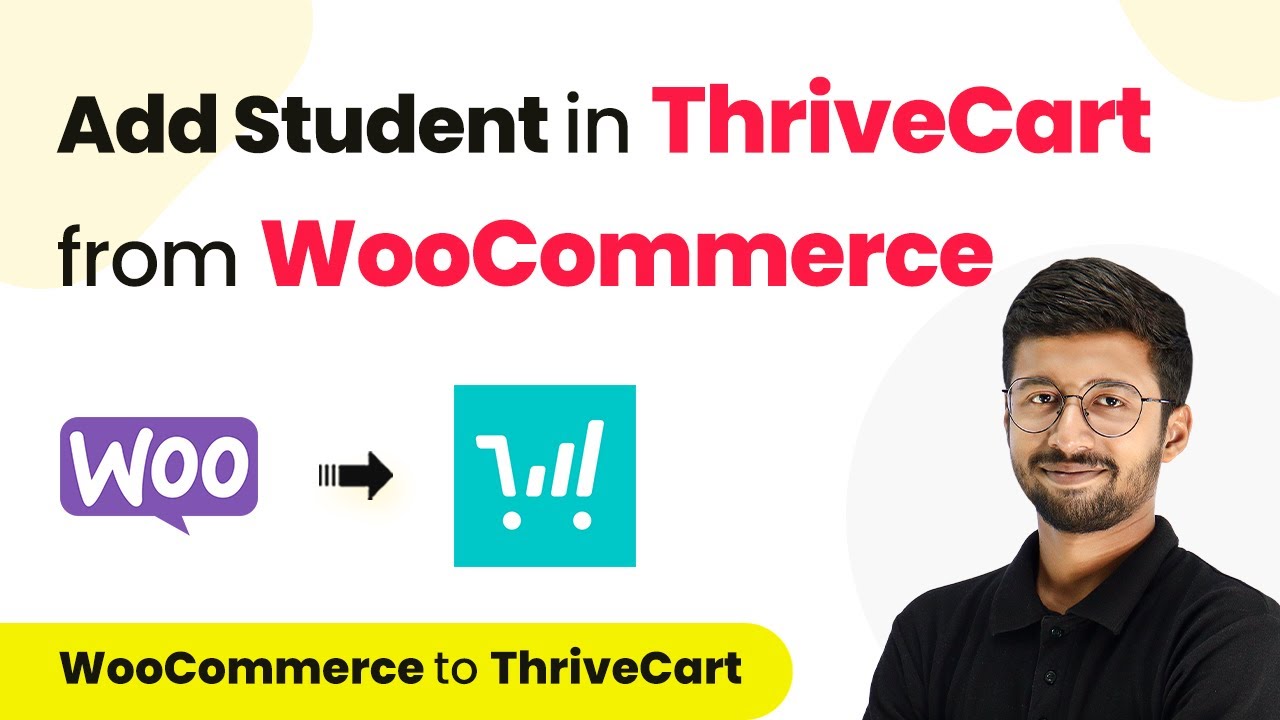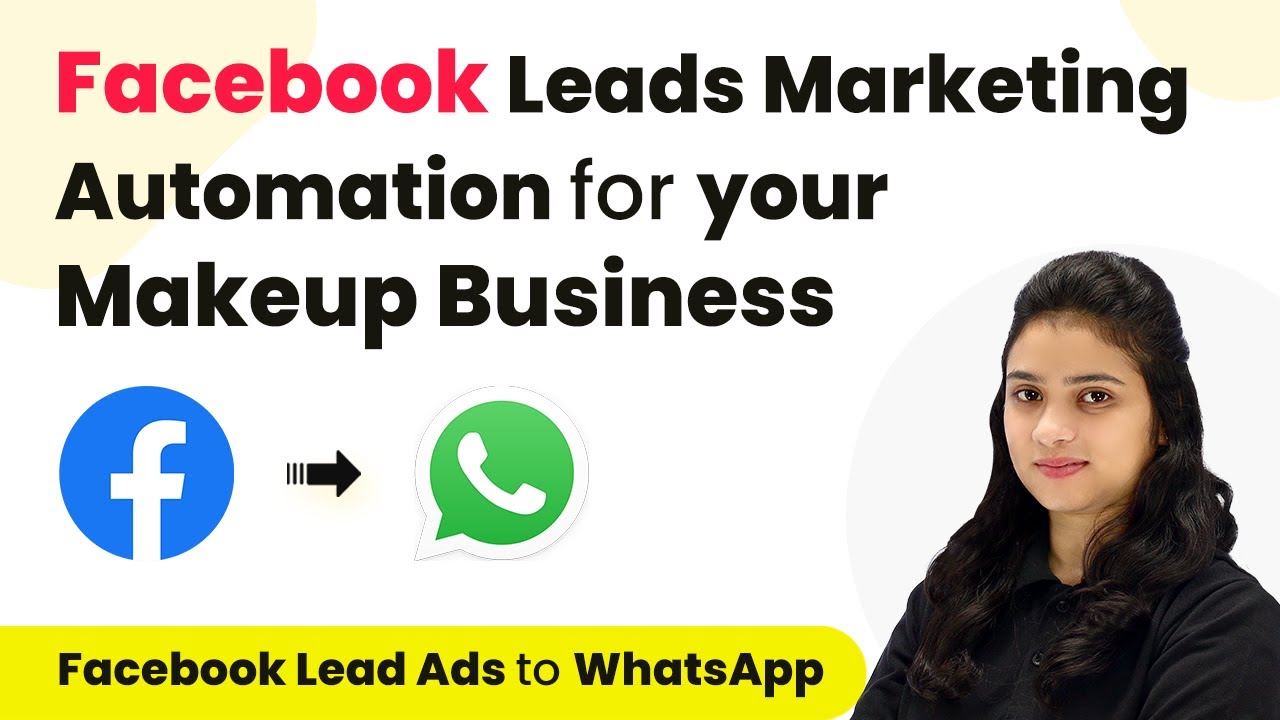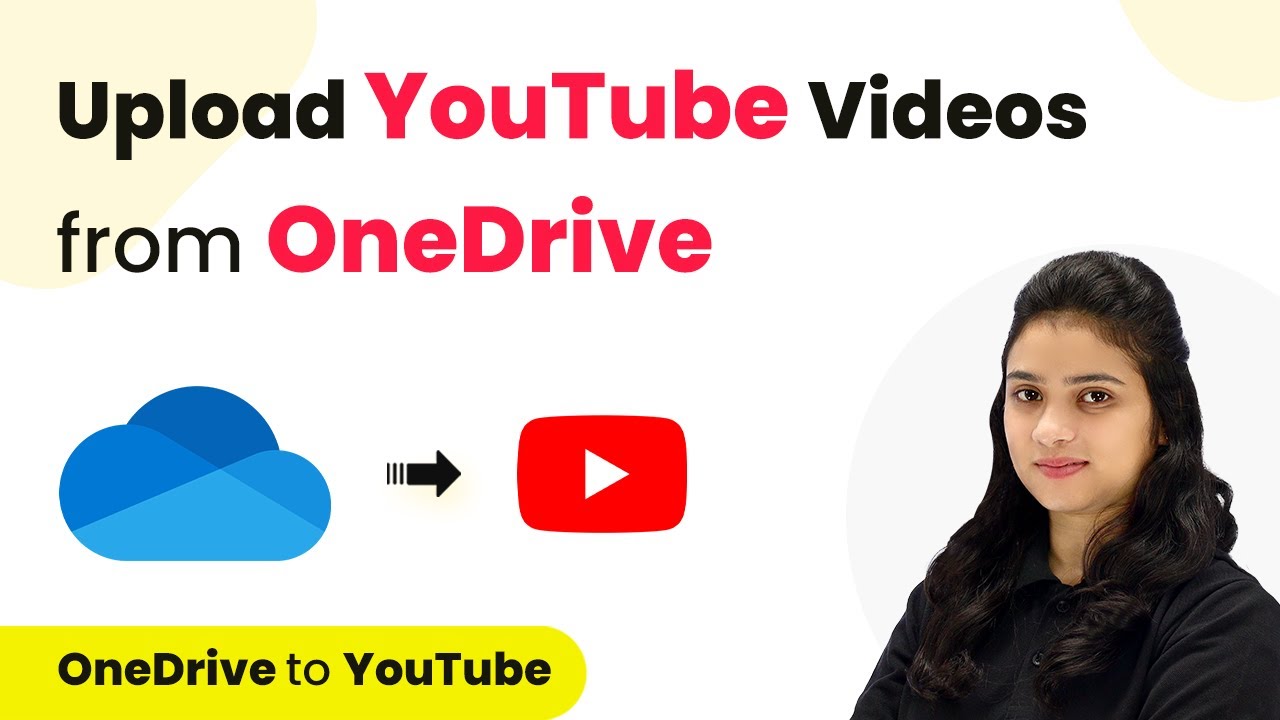Learn how to integrate Twilio SMS with Google Sheets using Pabbly Connect. Follow this step-by-step tutorial to automate SMS details retrieval. Transform complex automation concepts into accessible, actionable steps that eliminate unnecessary manual work while maximizing existing application capabilities.
Watch Step By Step Video Tutorial Below
1. Accessing Pabbly Connect for Twilio SMS Integration
To integrate Twilio SMS with Google Sheets, the first step is to access Pabbly Connect. Simply go to the Pabbly website and sign up or log in if you already have an account. This integration allows you to automate the process of adding SMS details into Google Sheets.
Once logged in, navigate to the Pabbly Connect dashboard. Here, you can create a new workflow specifically for capturing SMS details from Twilio. Click on the ‘Create Workflow’ button and name your workflow appropriately, such as ‘Retrieve SMS Details in Google Sheets’.
2. Setting Up the Trigger in Pabbly Connect
In this section, we will set up the trigger for our workflow using Pabbly Connect. The trigger application will be Twilio, and the event will be set to ‘New SMS Received’. This means that every time a new SMS is received on your Twilio number, it will trigger the workflow.
- Select Twilio as the trigger application.
- Choose ‘New SMS’ as the trigger event.
- Copy the provided webhook URL for Twilio configuration.
After setting up the trigger, you need to connect Twilio with Pabbly Connect using the copied webhook URL. This URL acts as a bridge between Twilio and Pabbly Connect, enabling the retrieval of SMS details.
3. Configuring Twilio for SMS Notifications
Now that we have our trigger set up in Pabbly Connect, the next step is to configure Twilio. Go to your Twilio account and navigate to the phone number settings. Here, you can set the webhook URL to ensure that incoming SMS messages are sent to Pabbly Connect.
In the messaging configuration section of your Twilio number, select the webhook option and paste the URL from Pabbly Connect. Make sure to save the configuration. This step is crucial as it allows Twilio to send SMS data to Pabbly Connect whenever a new message is received.
4. Setting Up Google Sheets as the Action in Pabbly Connect
With Twilio configured, it’s time to set up the action in Pabbly Connect to send the SMS details to Google Sheets. Select Google Sheets as your action application, and choose the event ‘Add New Row’. This action will enable the SMS details to be automatically added as a new row in your specified Google Sheet.
- Connect your Google Sheets account to Pabbly Connect.
- Select the spreadsheet where you want to store the SMS details.
- Map the fields from the SMS data to the corresponding columns in Google Sheets.
Once the mapping is complete, test the action to ensure that the SMS details are correctly added to Google Sheets. This automation streamlines the process of logging SMS communications directly into your spreadsheet.
5. Testing the Integration and Finalizing the Workflow
After setting up the action in Pabbly Connect, it’s essential to test the integration. Send a test SMS to your Twilio number and check if the details appear in your Google Sheet. You should see the sender’s number and the message content logged as a new row.
If everything is set up correctly, your workflow will automatically capture SMS details from Twilio and add them to Google Sheets. This integration not only saves time but also ensures you have a record of all incoming SMS communications.
Conclusion
In conclusion, integrating Twilio SMS with Google Sheets using Pabbly Connect allows for seamless automation of SMS details retrieval. By following the outlined steps, you can easily log SMS communications into your spreadsheet, enhancing your workflow efficiency.
Ensure you check out Pabbly Connect to create business automation workflows and reduce manual tasks. Pabbly Connect currently offer integration with 2,000+ applications.
- Check out Pabbly Connect – Automate your business workflows effortlessly!
- Sign Up Free – Start your journey with ease!
- 10,000+ Video Tutorials – Learn step by step!
- Join Pabbly Facebook Group – Connect with 21,000+ like minded people!
